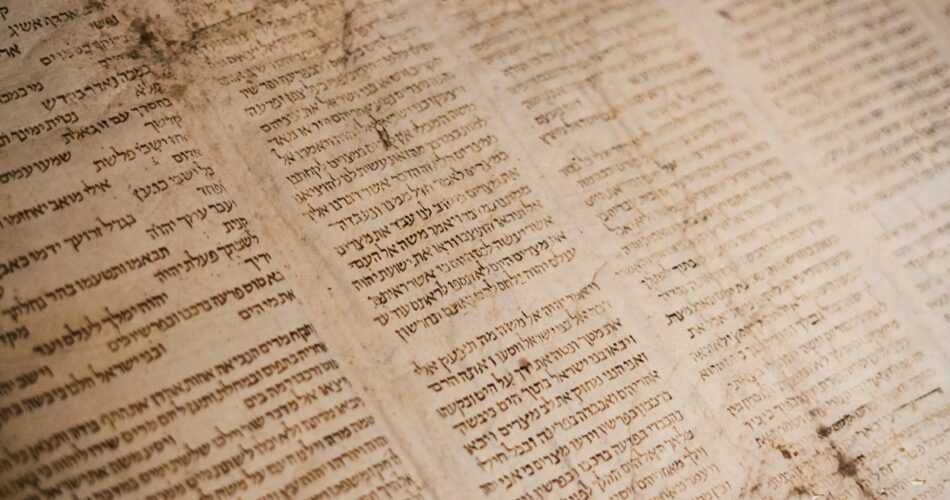This is history coming alive.
The exhibition “Discovering the World of Jesus: Ancient Treasures from the Holy Land” opened on December 3 at Pullman Yards, featuring over 350 artifacts from the Golan Collection. Curated by Oded Golan, an Israeli engineer and antiquities collector, the exhibit offers a deep dive into the time of Jesus, showcasing items from His birth to the Resurrection. This collection, which has never been displayed outside Israel before, allows visitors to explore the daily lives, culture, and faith of people from that era.
Among the significant items in the exhibit are ossuaries believed to belong to James, the brother of Jesus, and Zacharias, the father of John the Baptist. The display includes everyday objects such as coins, sandals, and stone vessels that resemble the cup used at the Last Supper. Golan, who started collecting antiquities at the age of nine, emphasizes that Israel is a unique place to find such artifacts, as every object tells a part of history.
James Tabor, a retired professor and scholar of Christian origins, praises the exhibit for merging archaeological findings with biblical texts, transforming the understanding of history. Unlike traditional exhibits, this one presents artifacts in a chronological narrative, with audio and visual effects that bring the past to life. Tabor believes this approach offers visitors an immersive experience of Jesus’ time, from the reign of Herod to the crucifixion and beyond.
One of the most debated items is the James Ossuary, which bears an inscription identifying it as belonging to “James, son of Joseph, brother of Jesus.” While some skeptics question its significance, Tabor argues that statistical evidence supports its authenticity, making it a rare physical connection to Jesus’ family. The exhibit also includes a stone cup similar to the one used at the Last Supper, offering visitors a glimpse into the simplicity of life during that time.
In addition to its historical and educational value, the exhibit is designed to be family-friendly, with interactive displays and a short film about daily life in Jesus’ time. Golan hopes the exhibition will inspire curiosity and a deeper understanding of the shared history of humanity, inviting people of all faiths to engage with the past. The exhibit concludes with a symbolic tree where visitors can leave prayers, which will be sent to a church in Galilee, providing a personal connection to the journey through history.
